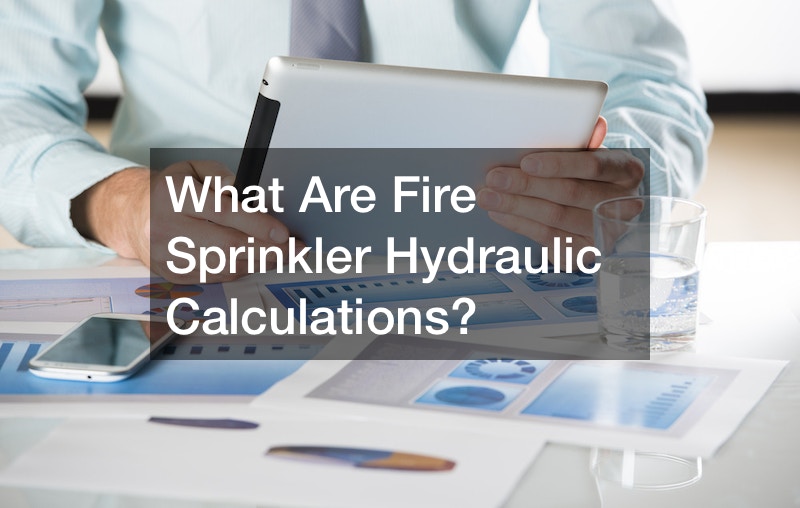
Fire sprinkler systems have to be installed in such ways to ensure that they’ll be activated in case of accidents and release enough water. The Youtube video “Hydraulic Calculations for Fire Sprinkler Systems” explains how these measurements are done in order to protect a structure. Let’s find out more!
First, it’s important to determine the density based on the area/density curve from the NFPA13 standard for the installation of sprinkler systems. For example, for an area of 1,500 ft2 for Ordinary Hazard Occupancy group 2, you should use a density equal to 0.20gpm/ft2. Afterward, you’ll estimate the curve for group 2 and beyond for fire sprinkler hydraulic calculations.

Once you have that, you’ll need the number of the nodes in the design area, beginning from the farthest one upstream to the bottom of the fire riser. You can set the sprinkler orifice at k equals 8.0.
Afterward, you’ll have to determine the largest area covered by a single sprinkler in the design, which in this example is 129.87ft2. You can then multiply the area by the density found earlier. Using those numbers, you’ll discover the discharge of the first sprinkler.
Watch the rest of the video for more details about fire sprinkler hydraulic calculations.



